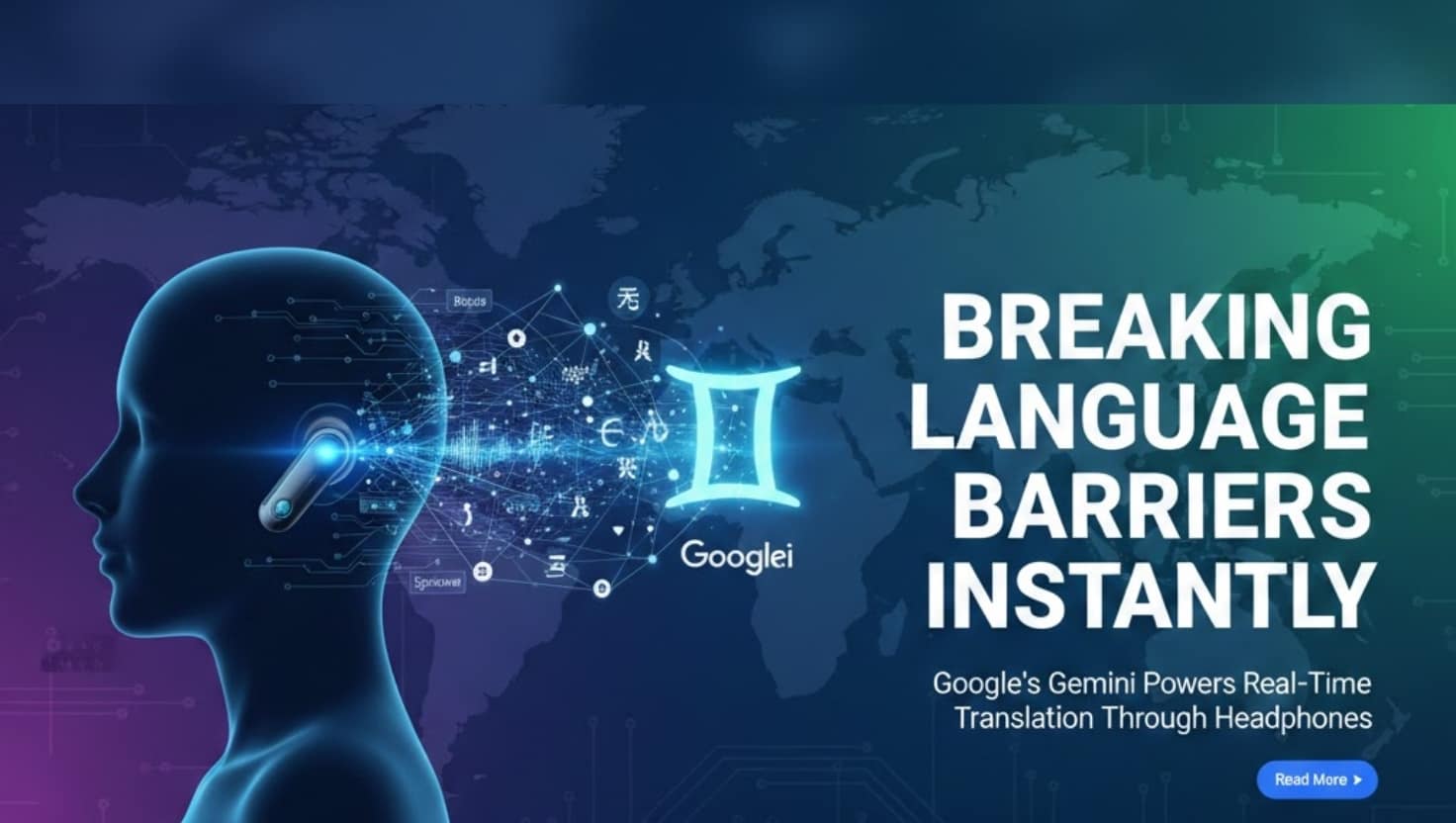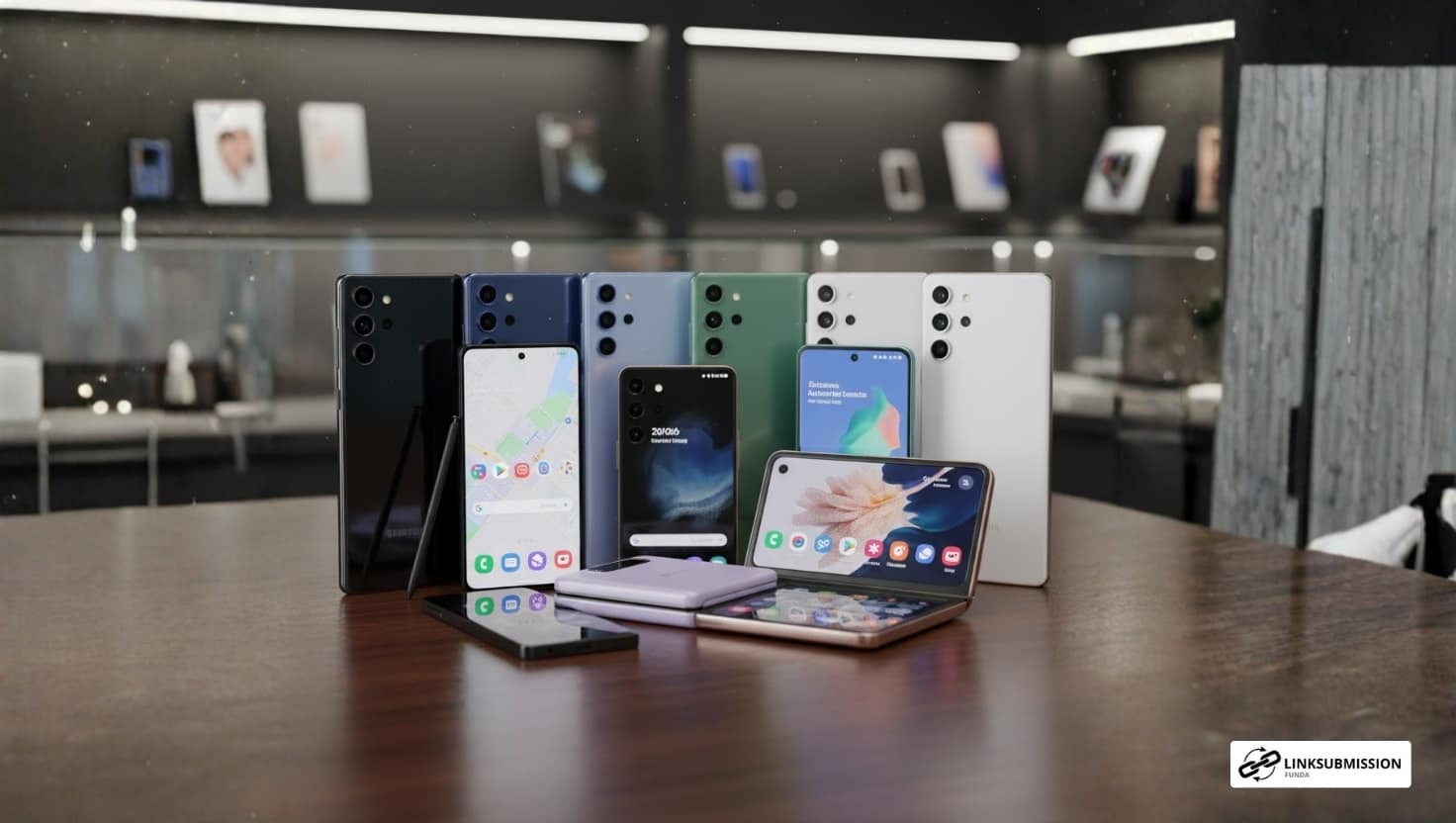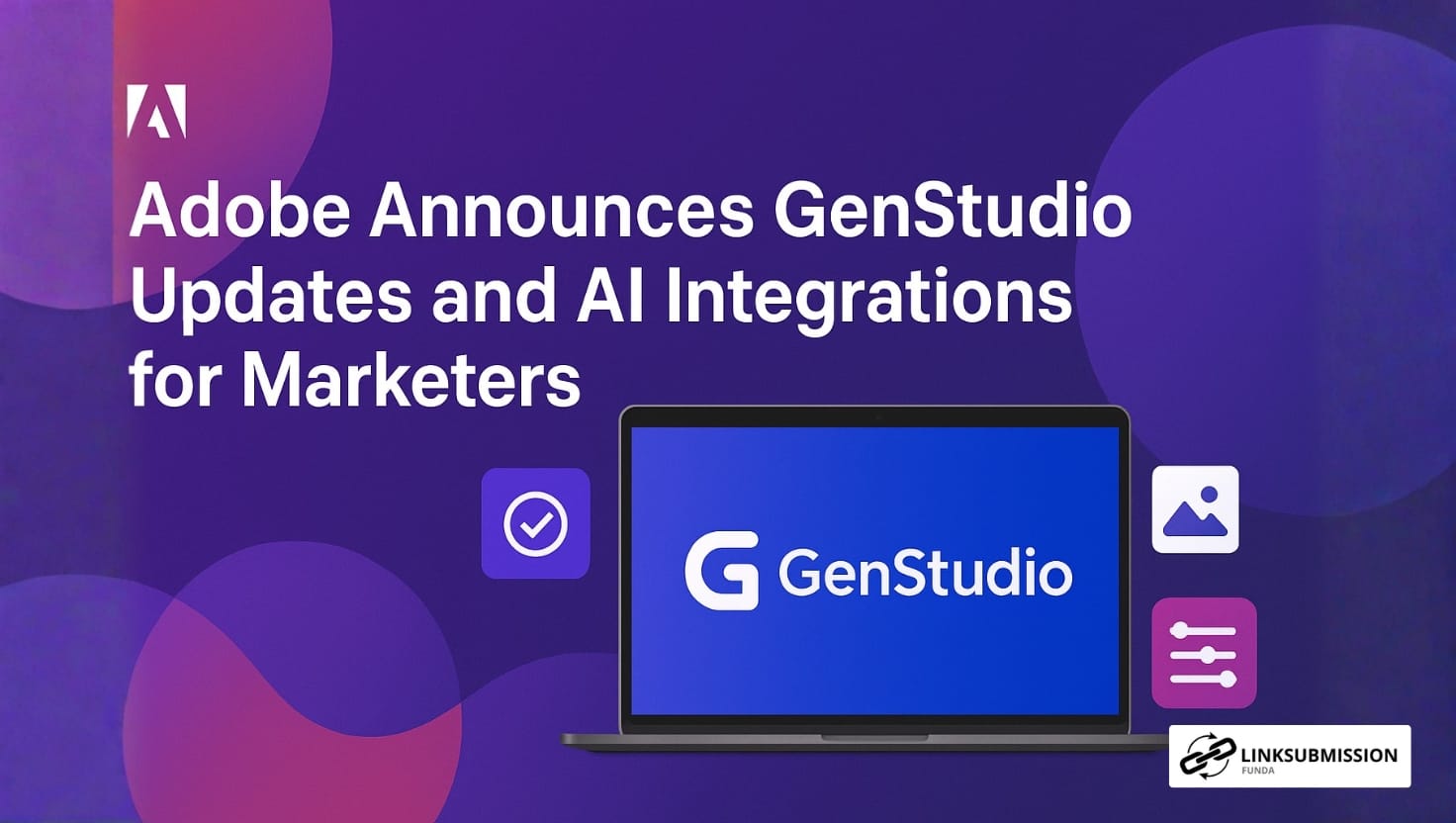At Microsoft Build 2025, the tech giant made it abundantly clear: the future of computing is agentic. This year’s developer conference wasn’t just about incremental updates or new tools—it marked a decisive shift toward a world where AI agents, scientific discovery, and deeply integrated ecosystems will define how we interact with technology. Let’s dive into the key highlights and what they mean for developers, businesses, and the broader tech landscape.
Embracing the Era of Agentic AI
One of the most groundbreaking announcements at Build 2025 was Microsoft’s full-throttle investment in agentic AI—a class of artificial intelligence designed to autonomously perform complex tasks, learn from feedback, and act with purpose across multiple applications and services.
Rather than relying on single-step AI tools (like asking a chatbot one question at a time), agentic AI works more like a digital co-worker. These agents can plan, iterate, and execute on goals by navigating apps, retrieving and updating data, and coordinating across systems. Microsoft’s Copilot stack is now evolving into an agent development platform, enabling developers to build powerful, domain-specific agents that can perform continuous actions with minimal human input.
Imagine an AI agent that doesn’t just summarize your emails but also books meetings, files expense reports, pulls analytics from your CRM, and notifies relevant teams—all in a seamless, context-aware flow. This is no longer theoretical—it’s becoming the new standard.
Windows and Copilot: A Tighter Integration
The Copilot experience is being embedded deeper into the Windows ecosystem than ever before. With Windows 11 updates, Copilot can now interact with system-level functions and applications in a more intuitive and proactive manner. From managing settings to launching apps and automating workflows, Copilot is evolving into a personalized, intelligent assistant that understands user behavior and adapts accordingly.
Microsoft is also introducing tools for developers to extend Copilot’s capabilities directly into their applications via Copilot Extensions and Plugins. This means that your software can now participate in larger agentic workflows, unlocking smarter and more automated user experiences.
Power Platform and Azure: AI for Every Builder
Microsoft’s low-code Power Platform received major updates that align with the company’s vision for democratized AI. Power Automate now supports multi-agent orchestration, allowing non-developers to create workflows involving several AI agents working together. Meanwhile, Power Apps brings more integration with Copilot, enabling natural language prompts to design applications, automate processes, and analyze data.
On the cloud front, Azure AI Studio was unveiled as a unified environment for building, testing, and deploying generative AI models and agents. This new studio supports OpenAI’s GPT-4, Phi-3, and other foundation models, giving developers the flexibility to experiment and scale across a variety of use cases—from enterprise automation to scientific simulation.
Scientific Discovery Gets an AI Boost
Beyond productivity and enterprise, Microsoft Build 2025 also spotlighted its bold ambitions in accelerating scientific discovery with AI. Through collaborations with leading research institutions and the integration of large-scale AI models, Microsoft is working to enhance disciplines such as biology, chemistry, materials science, and healthcare.
For example, Microsoft announced new capabilities in BioGPT and SciBERT, models designed specifically to parse and generate scientific language. These models are helping researchers explore hypotheses faster, analyze massive datasets, and even simulate potential solutions before conducting physical experiments.
This direction reflects a broader industry trend where AI doesn’t just augment human understanding but plays a central role in shaping the future of scientific progress.
Responsible AI: Building with Ethics at the Core
As Microsoft pushes the boundaries of what’s possible with AI, it is also doubling down on responsible development. The company introduced new tools for AI safety, monitoring, and compliance, ensuring that developers can build agentic systems that are transparent, fair, and secure.
The updates include enhanced model evaluation capabilities, bias detection, and interpretability dashboards integrated directly into Azure. Microsoft also reiterated its commitment to open-source tools and community standards, ensuring its advancements benefit the broader ecosystem.
What It Means for the Future
Microsoft Build 2025 wasn’t just another developer conference—it was a glimpse into the near future where AI agents collaborate with humans in every sector, from small business operations to cutting-edge scientific research.
For developers, this means new opportunities to build on top of Microsoft’s expanding Copilot stack, tap into pre-trained models, and create AI systems that do more than react—they take initiative. For businesses, the message is clear: now is the time to explore how agentic AI can streamline workflows, enhance decision-making, and drive innovation.
Microsoft’s vision is ambitious but grounded in real tools, real platforms, and real possibilities. If Build 2025 showed us anything, it’s that the age of intelligent, collaborative AI is no longer on the horizon—it’s here.
Final Thoughts
By embracing agentic AI and enabling scientific breakthroughs, Microsoft is not just following trends—it’s shaping them. The company’s holistic approach—merging AI infrastructure, productivity tools, research capabilities, and responsible AI principles—places it at the center of the next technological revolution. For developers and innovators, the road ahead is full of potential—and Microsoft is building the map.





